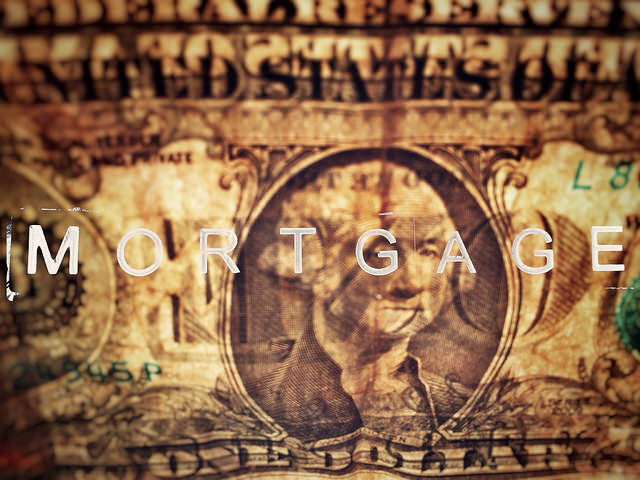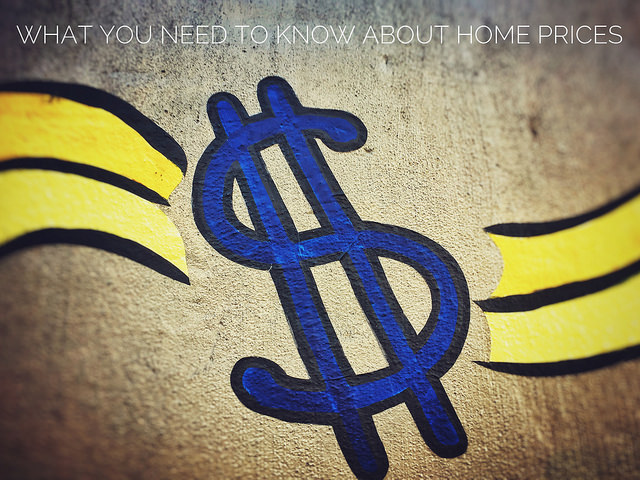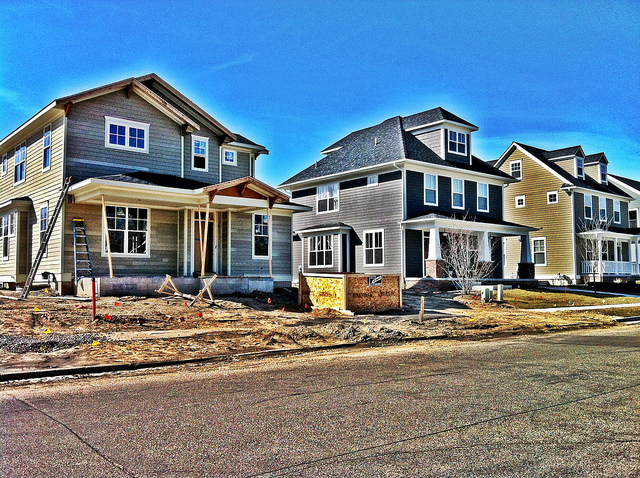Equity is among the main arguments in favor of homeownership. After all, as you pay your mortgage each month, you are, in essence, putting away money that you will be able to draw from should you ever sell your house or take out a home equity loan. In short, homeownership can act as a type of forced savings account. The results of the Federal Reserve’s most recent Survey of Consumer Finances provides some evidence of this. According to the survey, homeowners over the age of 55 held $10.6 trillion in residential equity, which accounts for 67% of the $15.8 trillion total equity for all primary residences in the U.S. In other words, older homeowners – who are more likely to have owned their home for an extended period of time – have built up a lot of equity, either through paying off their mortgage over time or through price appreciation. Either way, for those homeowners, owning a home has provided a financial asset that can benefit them in retirement. For example, research shows buyers in age-restricted communities often don’t take out a mortgage – since they are able to use the equity they’ve acquired as a source of a down payment. More here.













